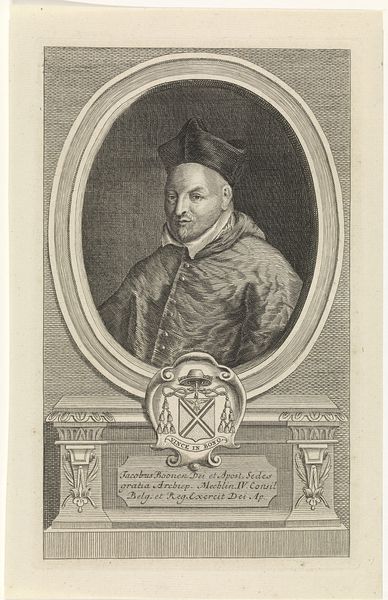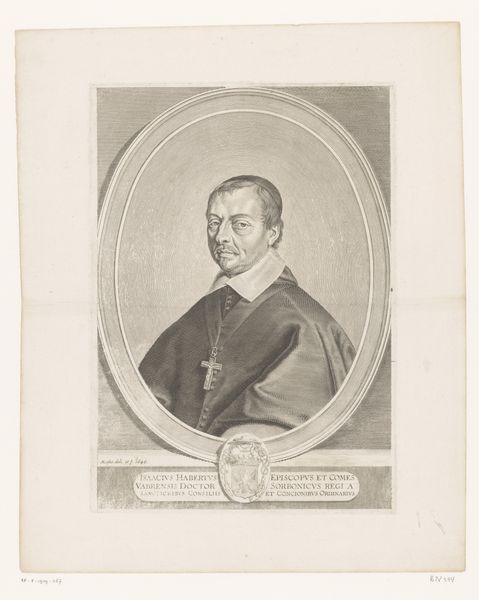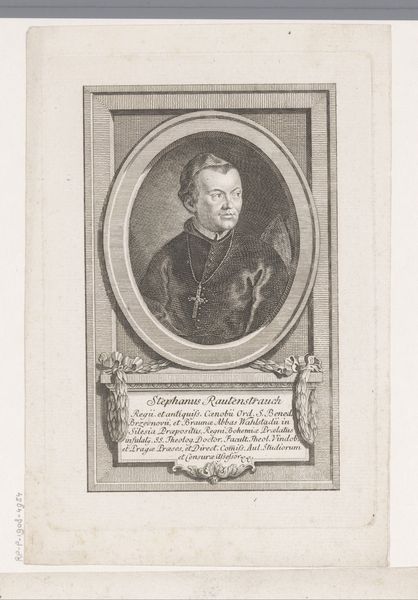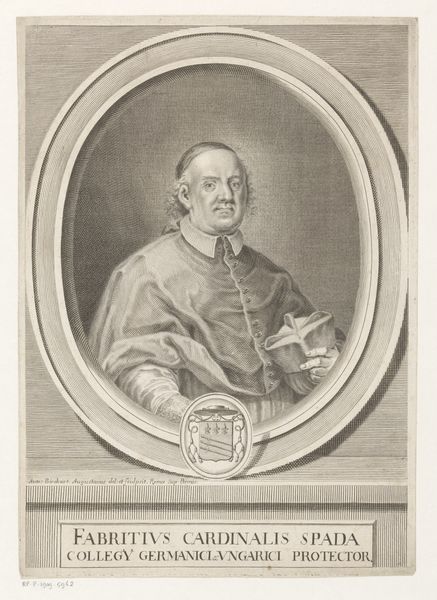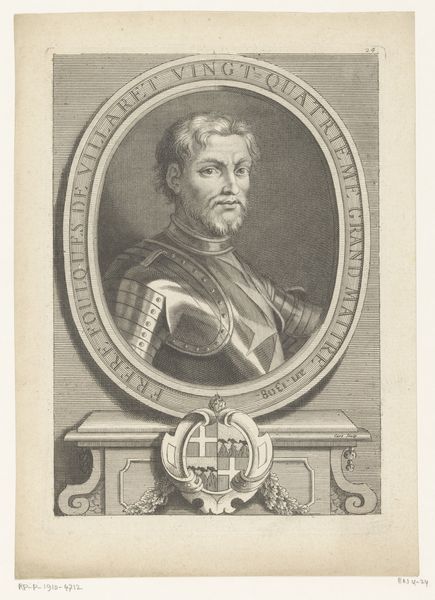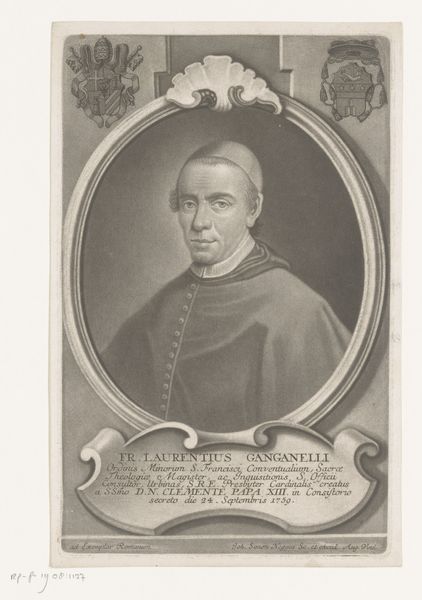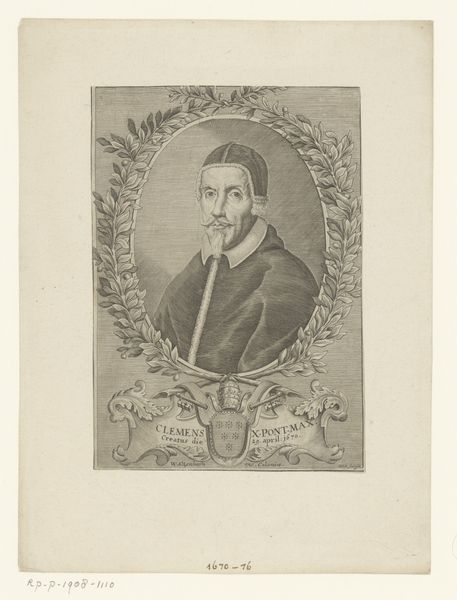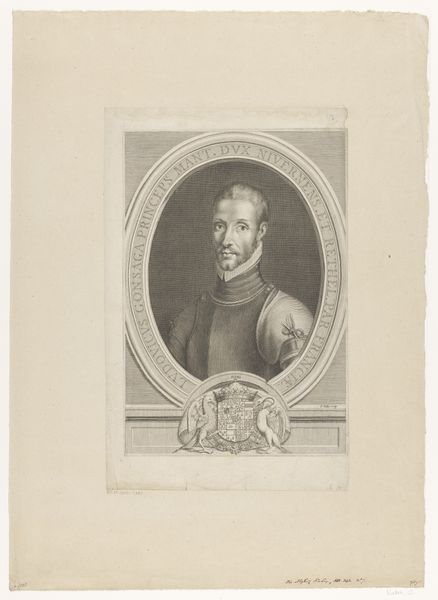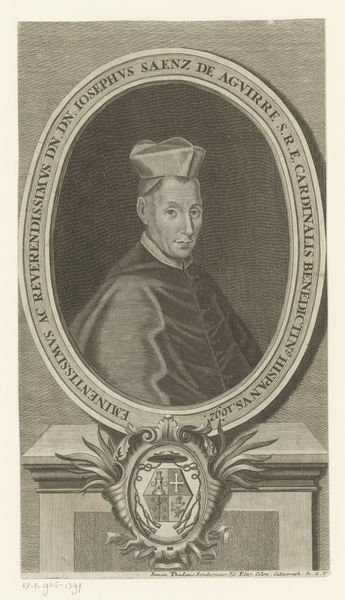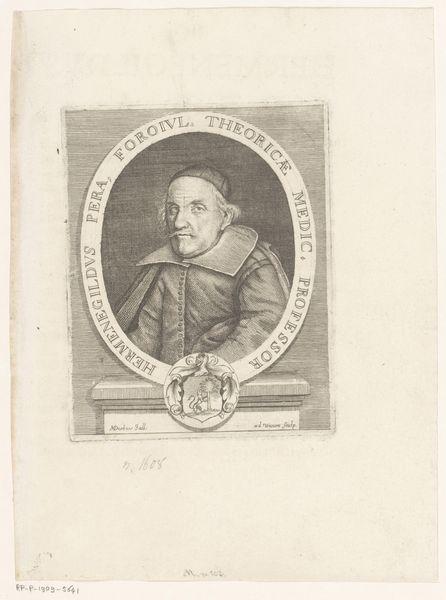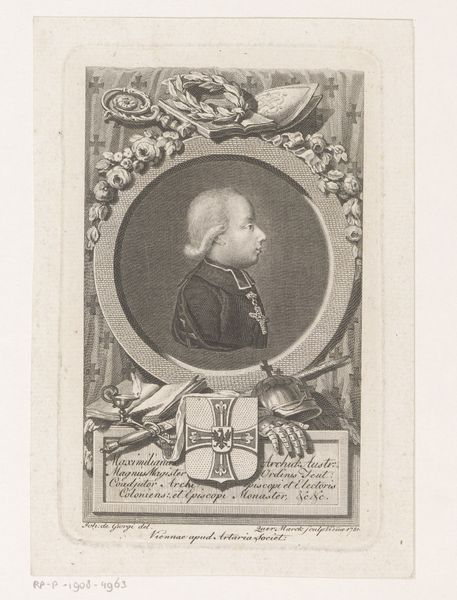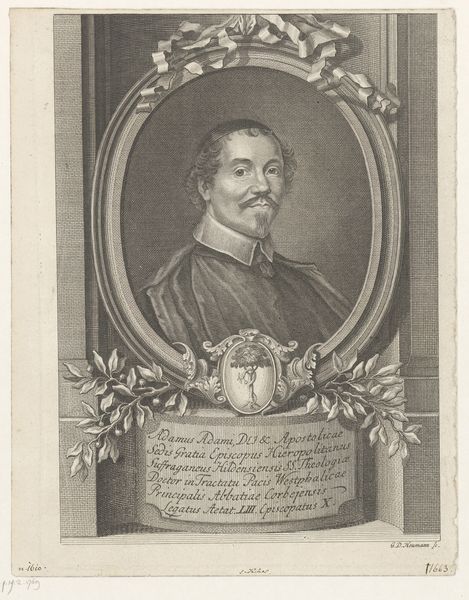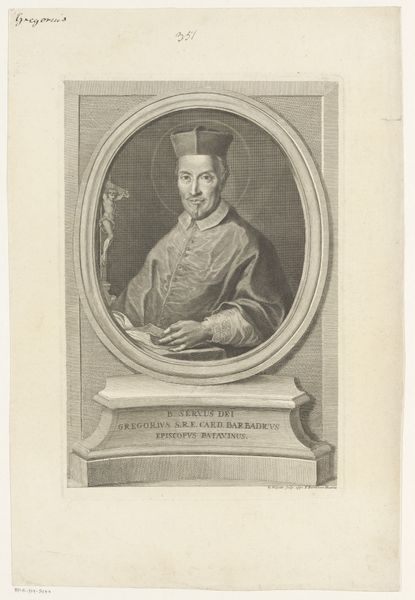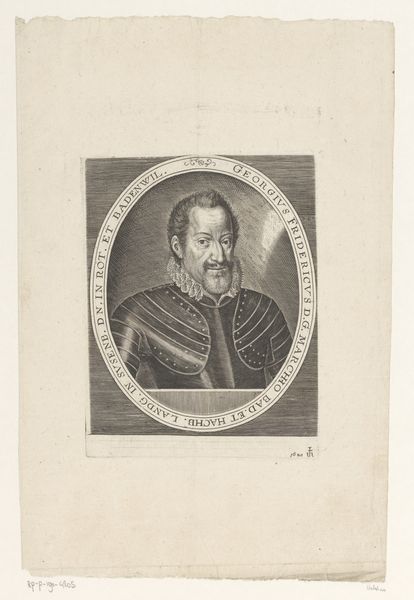
print, paper, engraving
#
portrait
#
baroque
# print
#
paper
#
history-painting
#
engraving
Dimensions: height 251 mm, width 192 mm
Copyright: Rijks Museum: Open Domain
This is Jacques Lubin's portrait of Pierre de Bérulle, made in the late 17th century, rendered as an etching. The process involves coating a metal plate with a waxy, acid-resistant substance, then scratching an image into it with a needle. The plate is then immersed in acid, which bites away at the exposed metal, creating recessed lines. Ink is applied, the surface wiped clean, and the print is made by pressing paper against the plate, transferring the ink from the etched lines. The success of an etching depends on the craftsman’s skill, from preparing the plate to carefully controlling the immersion time in the acid. It's easy to overlook the labour involved, but it's a significant part of this artwork's value. The nature of the materials, and the skilled labor that went into creating it, are inseparable from its aesthetic appeal and cultural significance.
Comments
No comments
Be the first to comment and join the conversation on the ultimate creative platform.
